Don’t Get Stranded: A Mechanic’s Real-World Guide to Winter-Proofing Your Car
I’ve spent more winters than I can count with my hands covered in grease, often in places where the cold isn’t just a nuisance—it’s a full-on assault on anything mechanical. I’ve seen things that would make you cringe. A cracked engine block because someone thought plain water in the radiator was a good idea. A family stuck on a dark highway because their “all-season” tires gave up the ghost on a patch of ice. These aren’t just cautionary tales; they’re expensive, dangerous lessons that a little prep work could have easily avoided.
In this article
Getting your car ready for winter is way more than just ticking off a generic online checklist. It’s about knowing what freezing temperatures actually do to a machine. Metal shrinks. Rubber gets as hard and brittle as old plastic. Fluids thicken into sludge. The battery, which is basically a little chemical factory, just slows to a crawl. This guide is about sharing the no-nonsense knowledge from the shop floor, so you can get things done right in your own driveway.
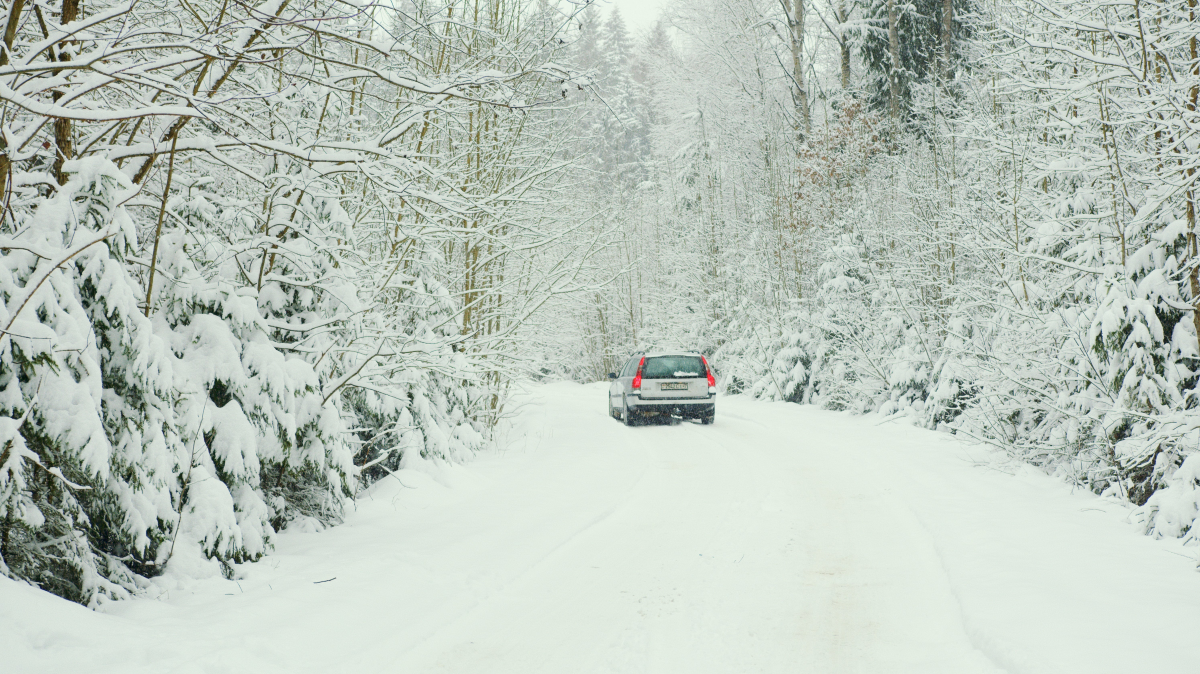
First, Let’s Understand the Enemy: Cold
Before you even think about grabbing a wrench, you have to respect what you’re up against. Honestly, every single thing we do to prep a car for winter is just fighting back against basic physics.
Let’s start with your car’s fluids. Think about honey in the fridge versus honey on the counter. That’s exactly what happens to your engine oil. An oil that’s perfectly fine at room temperature can become thick as molasses at 0°F. When you go to start your car, the oil pump struggles like crazy to push that sludge through the engine. For a few critical seconds, metal parts grind against each other without proper lubrication. That’s where a ton of engine wear happens.
Then there’s your battery. A car battery doesn’t store electricity like a water tank; it makes it on demand through a chemical reaction. Cold slows that reaction way down. A battery that gives you 100% of its power on a warm day might only give you 40% when it’s 0°F. At the same time, the engine needs more than double the power to turn over that thick, cold oil. See the problem? You’ve got less power available to do a much harder job. It’s the perfect recipe for a car that just goes click-click-click.
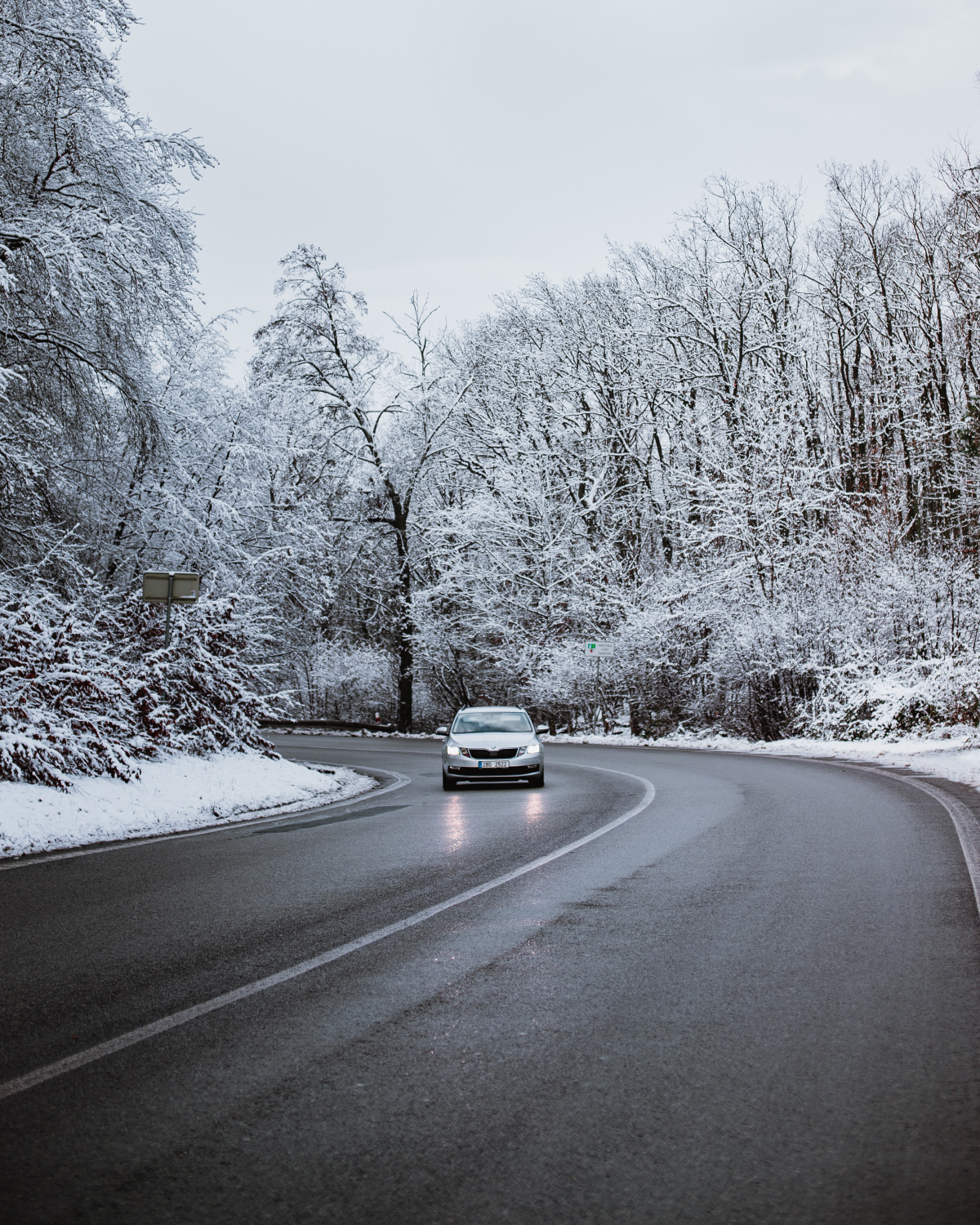
Finally, everything made of rubber or plastic gets brittle. Hoses, seals, and belts lose their flex. A hose that’s perfectly happy in July can easily crack from engine vibrations in January. It’s the same reason I once had to climb in through my hatchback on a frozen morning because I forgot to lube my door seals. Even I make mistakes, and trust me, it’s not a graceful maneuver.
The Pro-Level Checks for Your Car’s Core Systems
In the shop, we don’t guess. We have a system. We hit the parts of the car most likely to fail in the cold, and we do it the right way.
Engine Oil: More Than Just a Change
Everyone says to change your oil before winter, but the type of oil is what really matters. Look at the bottle—you’ll see something like 5W-30. That first number with the “W” stands for “Winter,” and it rates how well the oil flows when it’s freezing. The lower that number, the better.

This is where the synthetic vs. conventional oil debate comes in. Full synthetic oil is engineered to stay fluid in the cold. A synthetic 5W-30 will flow way better on a frigid morning than a conventional 5W-30. Yes, it costs more—you can expect to pay an extra $30 to $50 for a synthetic oil change—but it’s the best money you can spend on your engine’s health if you live anywhere that sees freezing temps.
Coolant (Antifreeze): Your Protection Against Catastrophe
In summer, coolant stops your engine from overheating. In winter, it stops it from freezing solid. And a frozen engine is usually a destroyed engine. Water expands when it freezes, and that force is strong enough to crack a heavy iron engine block.
- The Magic Mix: The ideal coolant mixture is 50% antifreeze and 50% distilled water. And I mean distilled water, not tap water. Tap water has minerals that will slowly clog up your cooling system. A proper 50/50 mix protects down to about -34°F.
- Test, Don’t Guess: In the shop, we use a fancy tool called a refractometer. But you can grab a simple coolant tester for under $10 at any auto parts store. It’s not as precise, but it’s way better than nothing. If it’s weak, don’t just top it off with pure antifreeze. The right way to fix it is a full coolant flush, which will probably run you between $120 and $200 at a shop. It’s a messy job, so for most people, this is one to leave to the pros. Plan on leaving your car for a couple of hours.
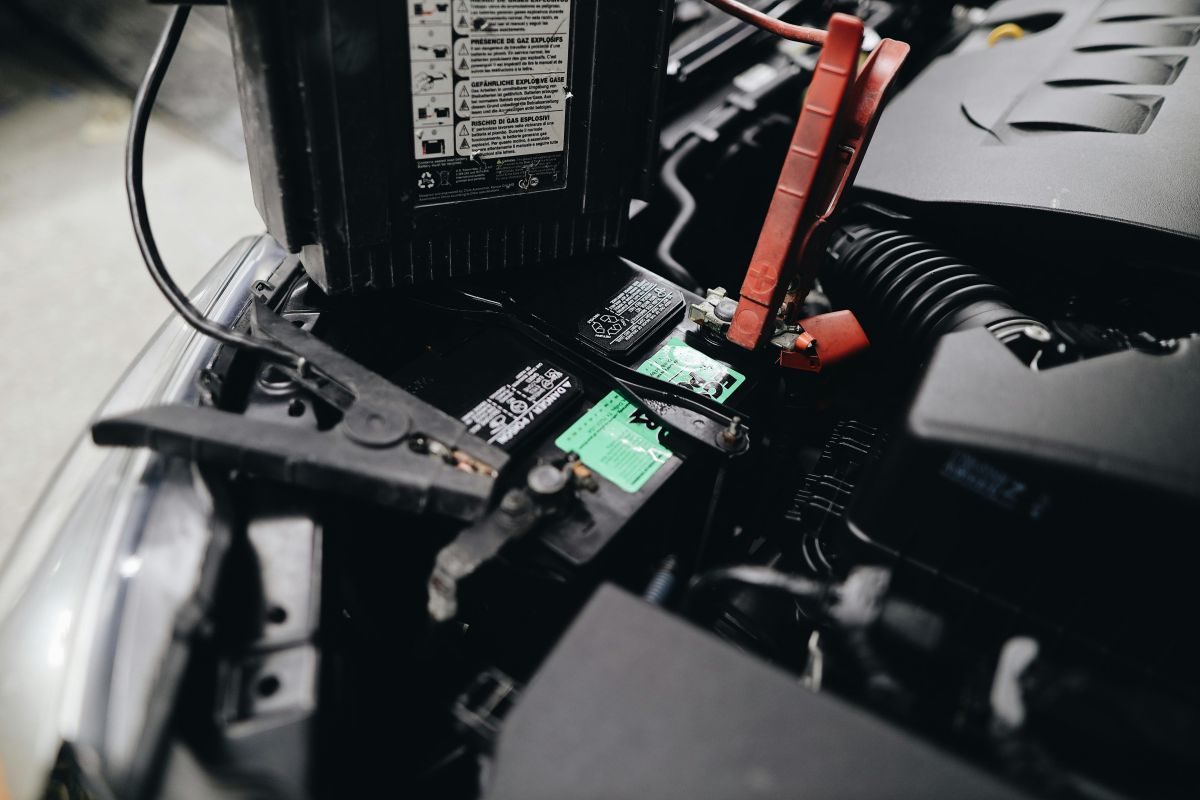
The Battery: The Heart of a Cold Start
A battery test is a non-negotiable part of our winter prep. If a battery is over three years old, it’s on borrowed time. A new one can cost anywhere from $150 to $300, but it’s a price you’ll happily pay in your warm garage instead of a frigid parking lot at 7 AM.
Oh yeah, and clean your terminals! That fuzzy white or blue stuff is corrosion, and it chokes the flow of electricity. People get nervous around batteries, but this is easy. Here’s the dummy-proof way to do it:
- ALWAYS disconnect the NEGATIVE (black) terminal first.
- Disconnect the POSITIVE (red) terminal second.
- Mix a paste of baking soda and water. Scrub the posts and clamps with an old toothbrush until they’re shiny.
- Rinse with a little water and wipe it dry.
- Reconnect the POSITIVE (red) terminal first.
- Reconnect the NEGATIVE (black) terminal last. A thin coat of dielectric grease on the posts before you reconnect will help stop future corrosion.
This whole process takes maybe 15 minutes and can make a huge difference.
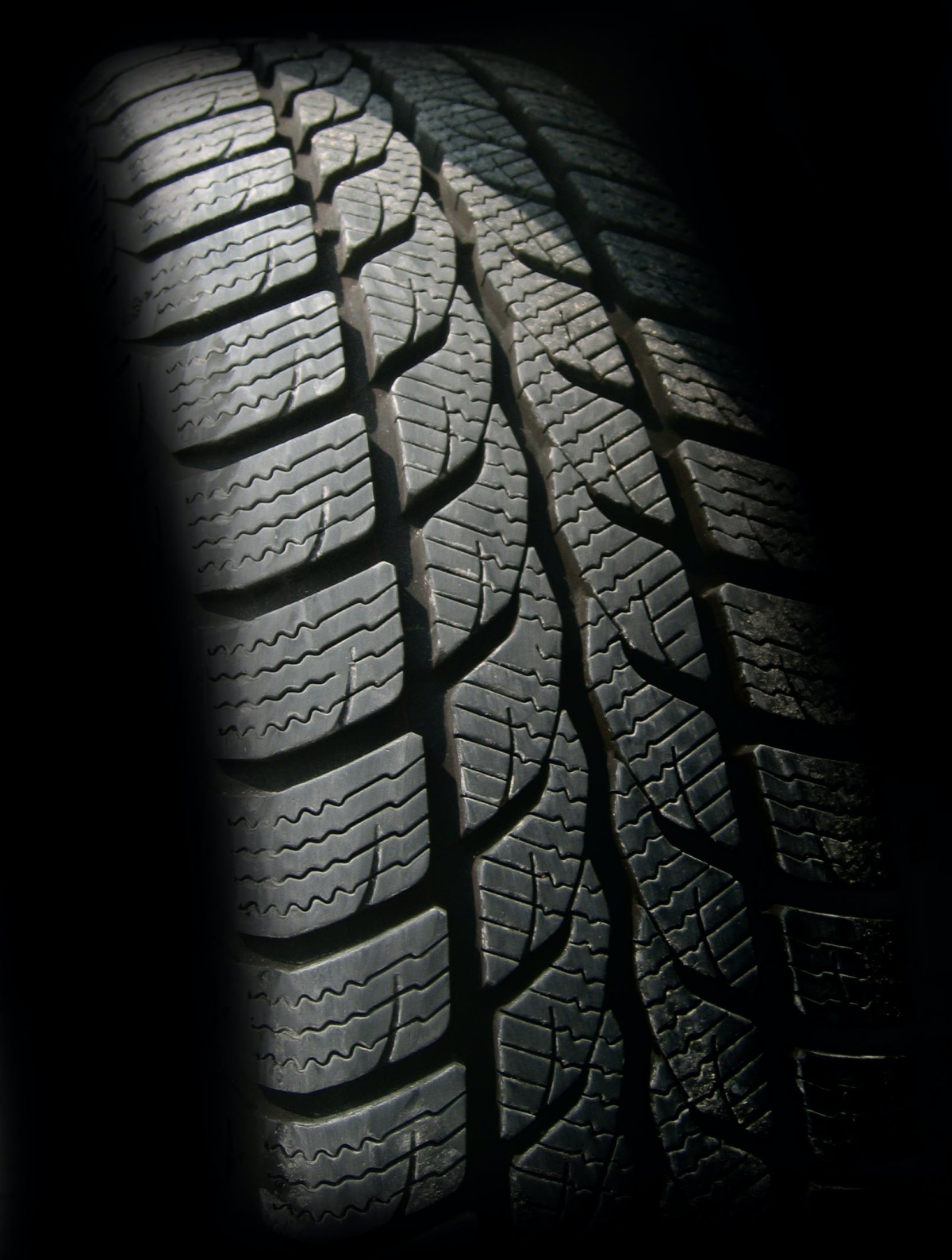
Tires: Where the Rubber Meets the (Icy) Road
I call all-season tires “three-season tires” for a reason. Once the temperature drops to around 45°F, their rubber compound starts to harden, and they lose a ton of grip. Good winter tires are made with a special compound that stays soft and pliable even when it’s freezing, allowing them to grip the road.
Think of it this way:
- Winter Tires: They have thousands of tiny little slits (called sipes) that act like teeth to bite into snow and ice. They are designed to stay flexible and provide maximum grip when temperatures are consistently below 45°F.
- All-Season Tires: They are a compromise. They work okay in the mild cold and okay in the heat, but they are not specialists. In deep snow or on ice, their braking distance is significantly longer, and they are far more likely to slip.
A set of dedicated winter tires is a serious investment, often running between $600 and $1,200 installed. But that’s a lot cheaper than your insurance deductible after an accident. Also, heads up! Your tire pressure drops by about 1 PSI for every 10-degree drop in temperature. Check it weekly when the tires are cold.

What If You Live in an Apartment?
Not everyone has a garage or a driveway to work in. If you’re an apartment dweller, winter prep can feel impossible. But it’s not! Your strategy is just different. Focus on what gives you the most bang for your buck and pay a professional for the heavy lifting.
Here are the top 3 things to have a shop handle:
- A Real Battery Load Test: Ask them to perform a load test, not just a voltage check. It’s the only way to know if your battery is truly ready for winter. Most auto parts stores do this for free.
- A Brake Inspection: Winter is not the time to have iffy brakes. Have a pro put it on a lift and check your pads, rotors, and especially the brake lines for corrosion. This is a must-do in the Salt Belt.
- Coolant/Antifreeze Check: Ask them to test the strength of your antifreeze. For a small fee, they can do it in minutes and tell you if you’re protected.

Your Winter Emergency Kit: The Modern Must-Haves
My emergency kit has evolved over the years. Here’s what’s in mine now:
- A warm wool blanket (wool insulates even when wet).
- An LED headlamp with extra lithium batteries (they work better in the cold).
- A small shovel and a bag of cheap cat litter for traction.
- A first-aid kit, water, and some high-energy snacks.
- Extra hat, gloves, and warm socks.
- A portable jump starter. This is a game-changer. These lithium-ion packs are small enough to fit in your glovebox and powerful enough to start your car without needing another vehicle. A good one costs about $70 to $100 online. Just remember to keep it charged!
A Few Extra Tricks for Tough Climates
If you live where winter is a full-contact sport, a few extra steps are worth their weight in gold.
- Salt Belt Savior: In the Northeast and Midwest, road salt will eat your car alive. A pre-winter undercoating is a smart move. You can get an oil-based or wax-based spray for $150-$500. These are better than the hard rubberized coatings, which can crack and trap salt-filled moisture against your car’s frame.
- High-Altitude Hero: If you’re in the Rockies or Plains, an engine block heater is essential. But here’s a pro tip: don’t leave it plugged in all night. That’s a huge waste of electricity. Buy a cheap outdoor timer from a hardware store for $20 and set it to turn on about 3 hours before you leave for work. Your engine will be warm, and your electric bill will thank you.
At the end of the day, preparing your car for winter is about respecting the season. Take the time to address these critical systems, and be honest about what you can do yourself versus what’s better left to a pro. You’re not just taking care of your car; you’re taking care of yourself and everyone you share the road with. Stay safe out there.

Galerie d’inspiration


Winter Tires vs. All-Season Tires: All-Season tires are masters of compromise, but their rubber compound stiffens significantly in deep cold, reducing grip. True Winter Tires, like a Michelin X-Ice or Nokian Hakkapeliitta, use a specialized soft compound that stays flexible, while thousands of tiny slits called “sipes” bite into ice for traction. For regions with real snow and ice, they are the single most important safety feature you can invest in.

Nearly 80% of drivers in snow-belt regions believe they can get by with all-season tires, yet winter tires can reduce braking distance on ice by over 30% compared to all-seasons.
That percentage represents the difference between a safe stop and a collision. The investment isn’t just for getting moving; it’s primarily about being able to stop and steer when it counts the most.

What’s the one thing drivers always forget until it’s too late?
Wiper blades and washer fluid. Your summer blades become hard and brittle in the cold, smearing grime and salt spray instead of clearing it. Replace them with a robust winter beam blade that resists ice buildup. And critically, top off your reservoir with a de-icing washer fluid rated for at least -20°F, like Prestone De-Icer. Standard blue fluid will freeze solid in the lines, leaving you blind when a truck splashes you with road slush.
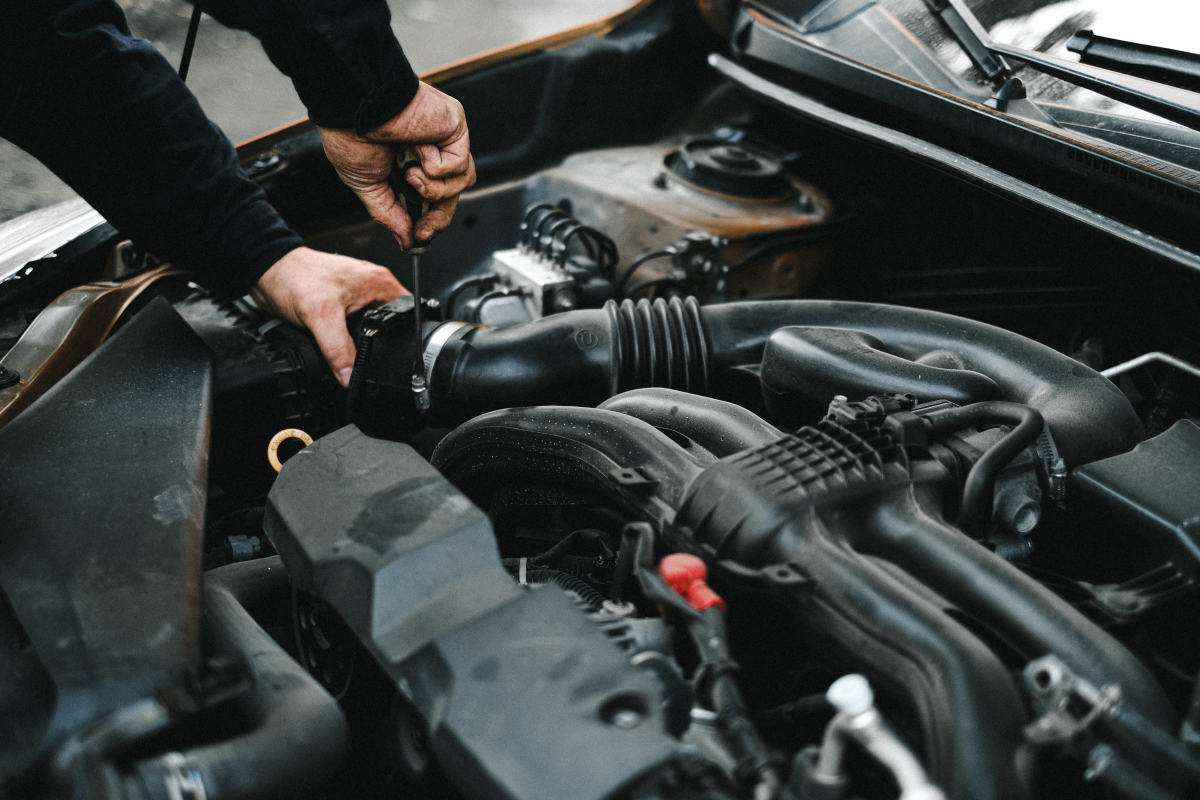
- Prevents corrosive salt from silently eating away at your car’s frame and brake lines.
- Keeps vital safety sensors for parking and adaptive cruise control free from ice and grime.
- Makes your lights and reflectors more visible to other drivers in a storm.
The secret? The undercarriage wash. When you get your car washed in winter, always choose the option with an underbody spray. It’s the only way to effectively blast away the destructive salt brine that collects where you can’t see.
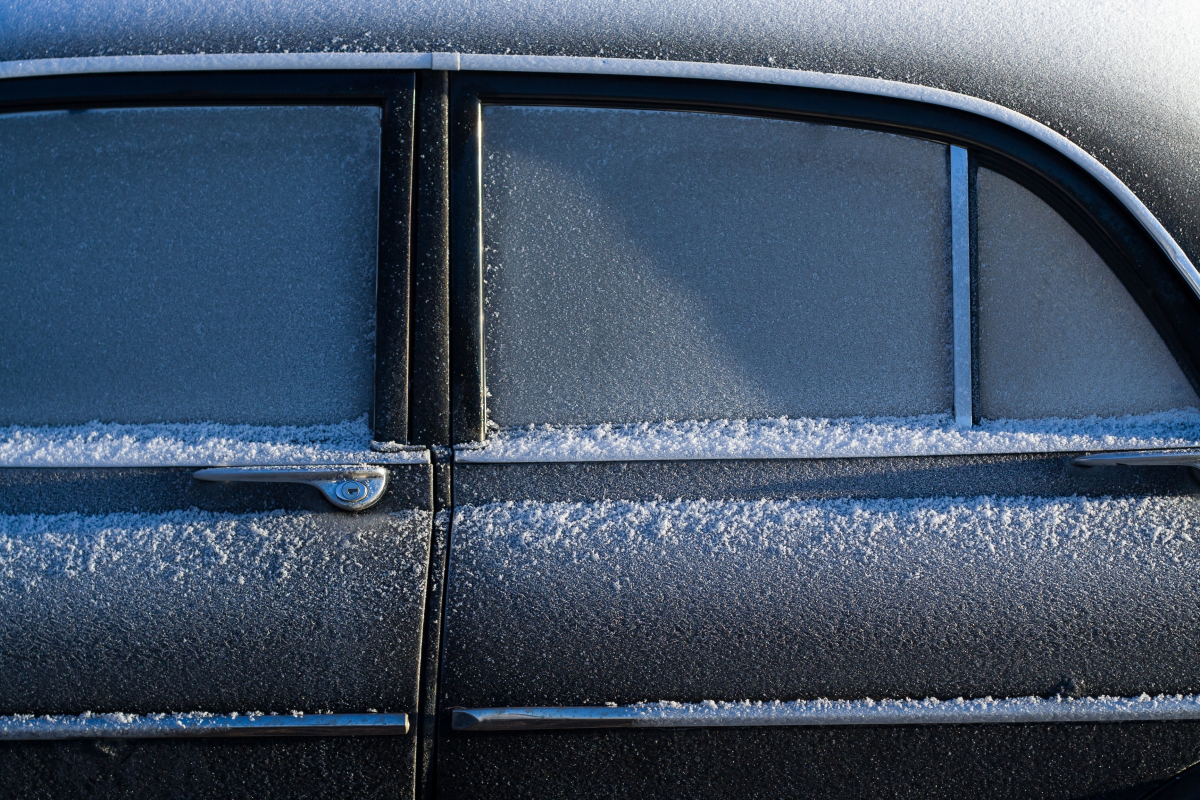
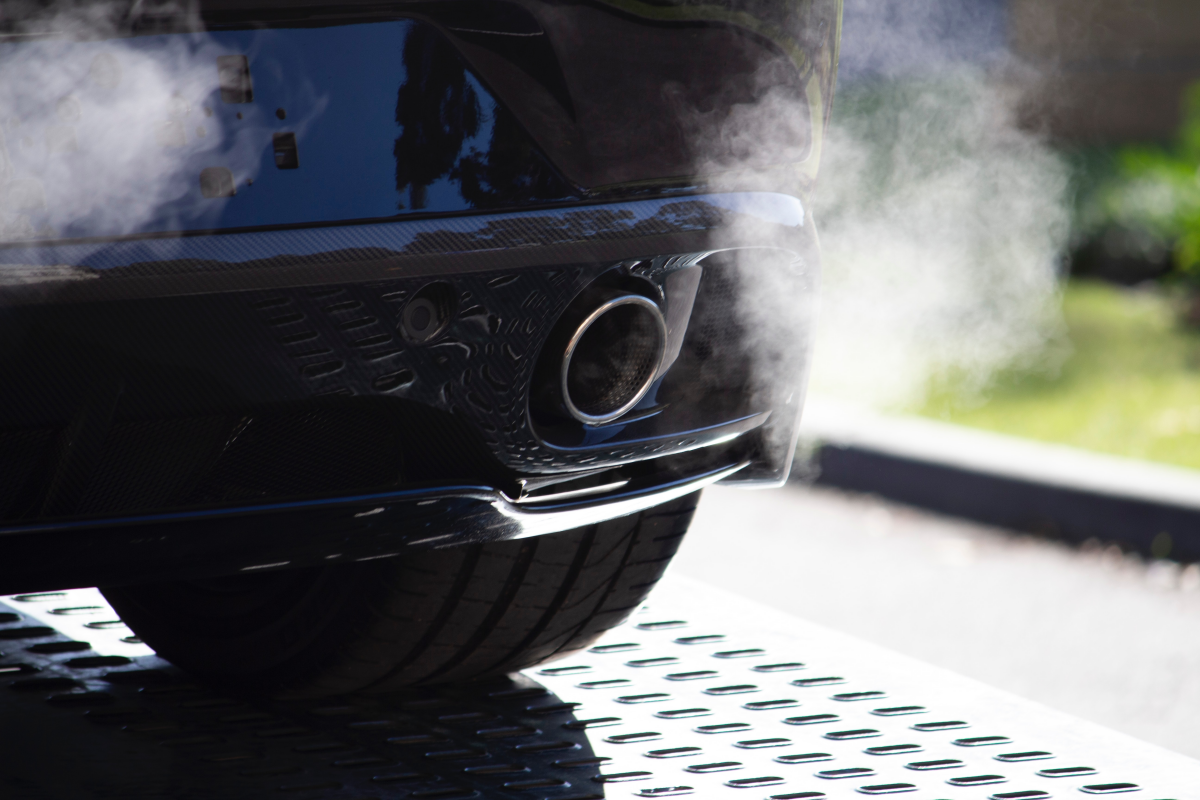
The Half-Tank Rule: Make it a habit to never let your gas tank drop below half full in the winter. A full tank prevents air condensation, which can introduce water into the fuel system that might freeze and block the lines. More importantly, if you get stranded on the highway, that extra fuel is a lifeline, allowing you to run the engine periodically for heat while you wait for help.

A car battery loses about 35% of its strength at 32°F (0°C) and as much as 60% at 0°F (-18°C).
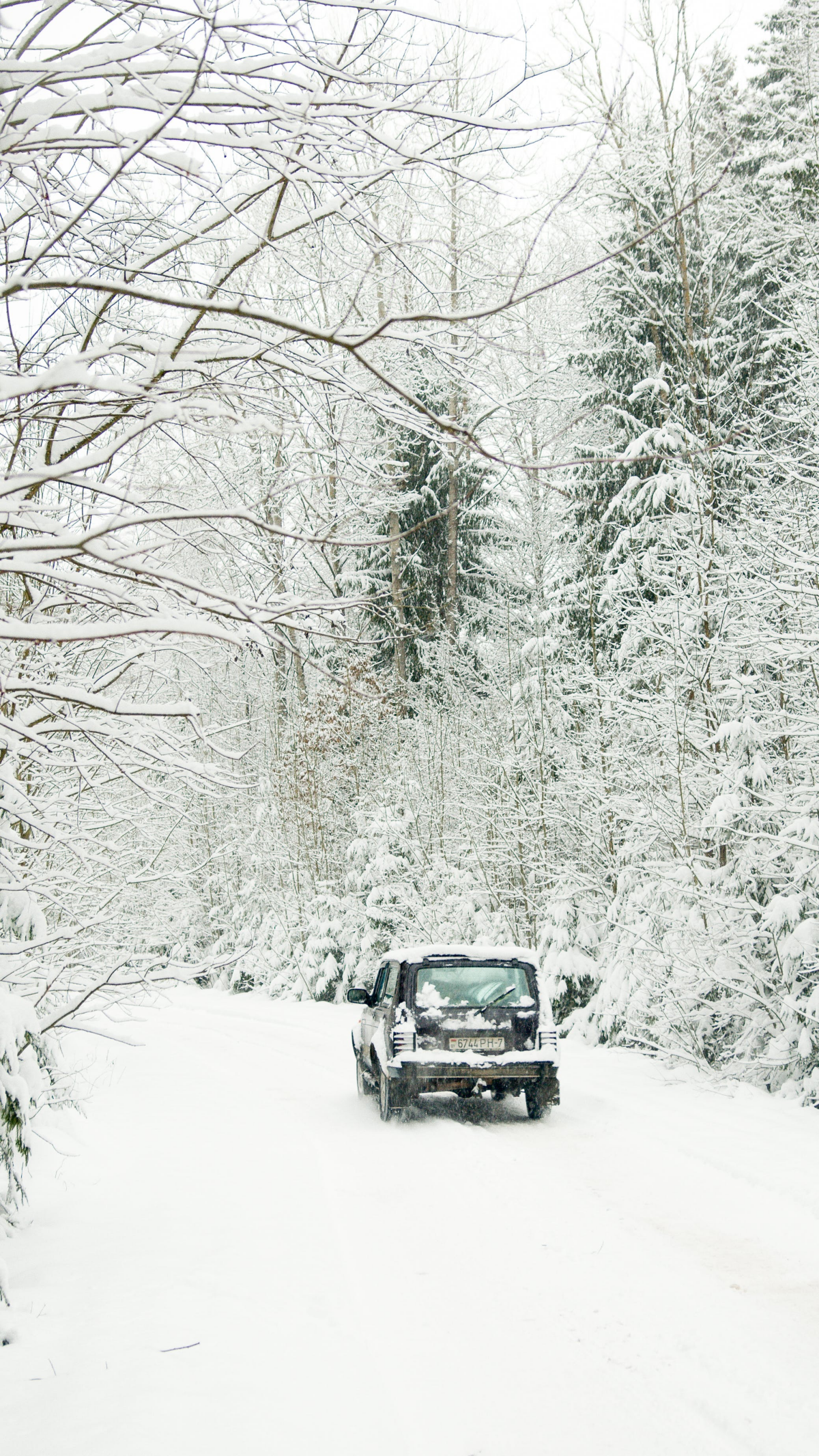
That frustrating moment when your door is frozen shut isn’t just an inconvenience; how you handle it matters. Never pour hot water on the glass or lock—the thermal shock can crack windows and damage paint. Instead, use a dedicated lock de-icer spray. To prevent the rubber door seals from sticking in the first place, wipe them down with a thin layer of silicone spray on a rag before a hard freeze is expected.

Check your pressure, cold: For every 10°F drop in ambient temperature, your tire pressure drops by about 1 PSI. An underinflated tire has a sloppy, unsafe contact patch on snow and ice. Check your pressures in the morning before you’ve driven, and inflate them to the specification listed on the sticker inside your driver’s door jamb, not the number on the tire itself.
Before winter truly sets in, give your car’s finish a fighting chance. A fresh coat of wax, or even better, a modern paint sealant, creates a slippery barrier that helps prevent corrosive salt and wet snow from sticking to your paint. Pay special attention to the areas behind the wheels and the lower body panels, which take the biggest beating from road spray.










